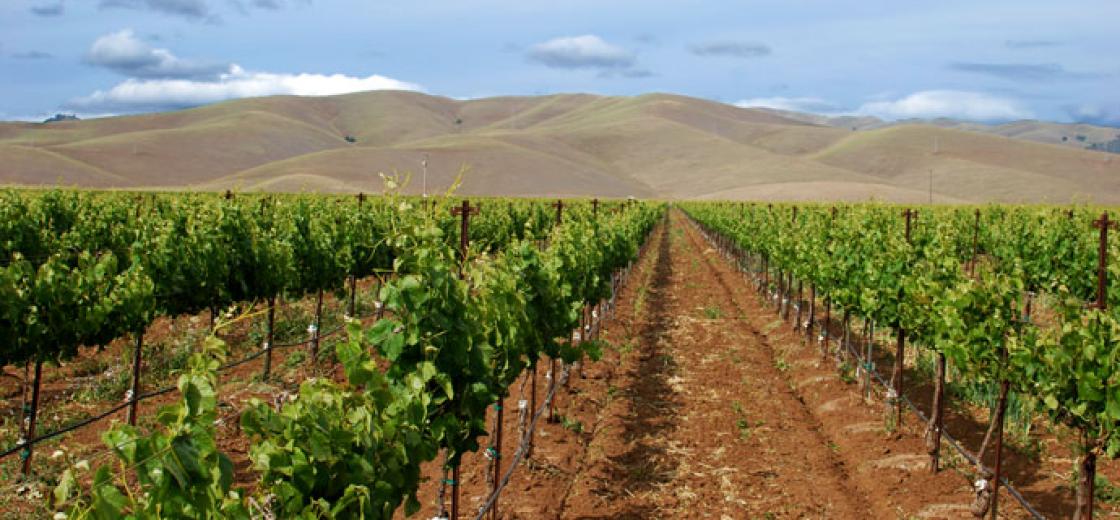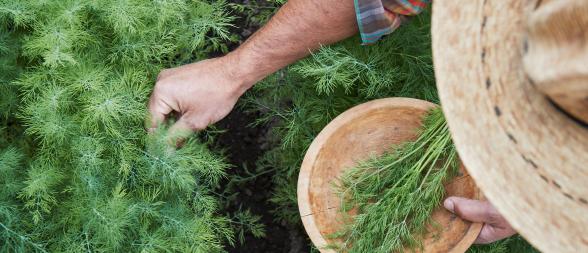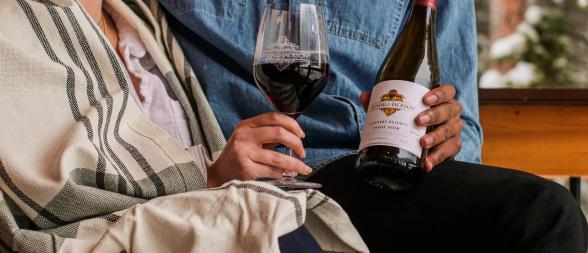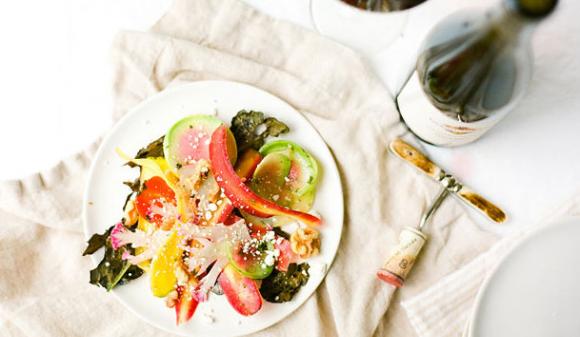
The Difference Between “Single Site” Wine and Multiple Site Wine
Fans of Kendall-Jackson know that the winery has several tiers of wine, from the Vintner’s Reserves with a California appellation to bottlings like Jackson Estate, which highlight our estate vineyards from more specific appellations.
Take, for example, two of our Chardonnays, the Vintner’s Reserve (California appellation, $17) and the Piner Hills (Russian River Valley, $35). Besides the price, what makes them different? Is the Piner Hills “twice as good” as the Vintner’s Reserve?
Complicated question. How much you choose to spend is a choice, and, as with all choices, there’s subjectivity involved. There’s no right or wrong; no good or bad, just the choice you make. And there’s a place, over time, for everything. So I can’t tell you whether or not the Piner Hills is “worth it” compared to the Vintner’s Reserve, because only you can decide.
What I can explain is how the Piner Hills (or any vineyard-designated wine) is different from one that’s been blended from multiple vineyards, as the Vintner’s Reserve wines are.
There’s a huge benefit to blending: any single vineyard, in any given year, may have deficiencies. The wine made from it may be too sharp, or too tannic, or too light. When you have the resource of thousands of acres of vineyards across California’s best growing regions, as we do, you have a palette of colors from which to blend a wine that’s wholesome and balanced. That’s why Vintner’s Reserve wines are so consistent every year.
On the other hand, single-vineyard wines offer the consumer the opportunity to experience that vineyard’s terroir. We all know that the word terroir is hard to define, but think of it like this: the terroir, or physical properties, of any vineyard is totally unlike that of any other vineyard, because no two places on earth are identical (just as no two human beings are identical). Just as humans can have good and bad qualities, so too vineyards can be good or bad, so the fact that a bad one has terroir is not enough to recommend it! But no Kendall-Jackson wine will ever bear a vineyard designation unless our Master Winemaker, Randy Ullom, personally signs off on it — and we don’t even consider vineyards unless they consistently produce wines of the highest quality.
In other words, a vineyard-designated wine from Kendall-Jackson is about as guaranteed a pedigree as you can get. It will show off that vineyard’s (and vintage’s) character, and in all likelihood be more complex than a Vintner’s Reserve. Still, when all is said and done, it’s not fair to compare the two. There are times, and foods, when you’ll want a V.R., and other times and foods when you’ll want a Grand Reserve of Jackson Estate.
After twenty-five years as a wine critic, I can tell you that a wine that costs twenty times more than another isn’t necessarily twenty times better! What does that even mean, anyway? Is the view from the top of Half Dome “better” than the view of San Francisco from the Golden Gate Bridge? Is either view “better” than the sight of your new baby smiling at you with sparkling eyes?
Steve Heimoff is one of America’s most respected and well-known wine writers. The former West Coast Editor for Wine Enthusiast Magazine and a contributor to Wine Spectator, he has also authored two books on the subject of California wine, including “New Classic Winemakers of California: Conversations with Steve Heimoff,” published in the fall of 2007.





